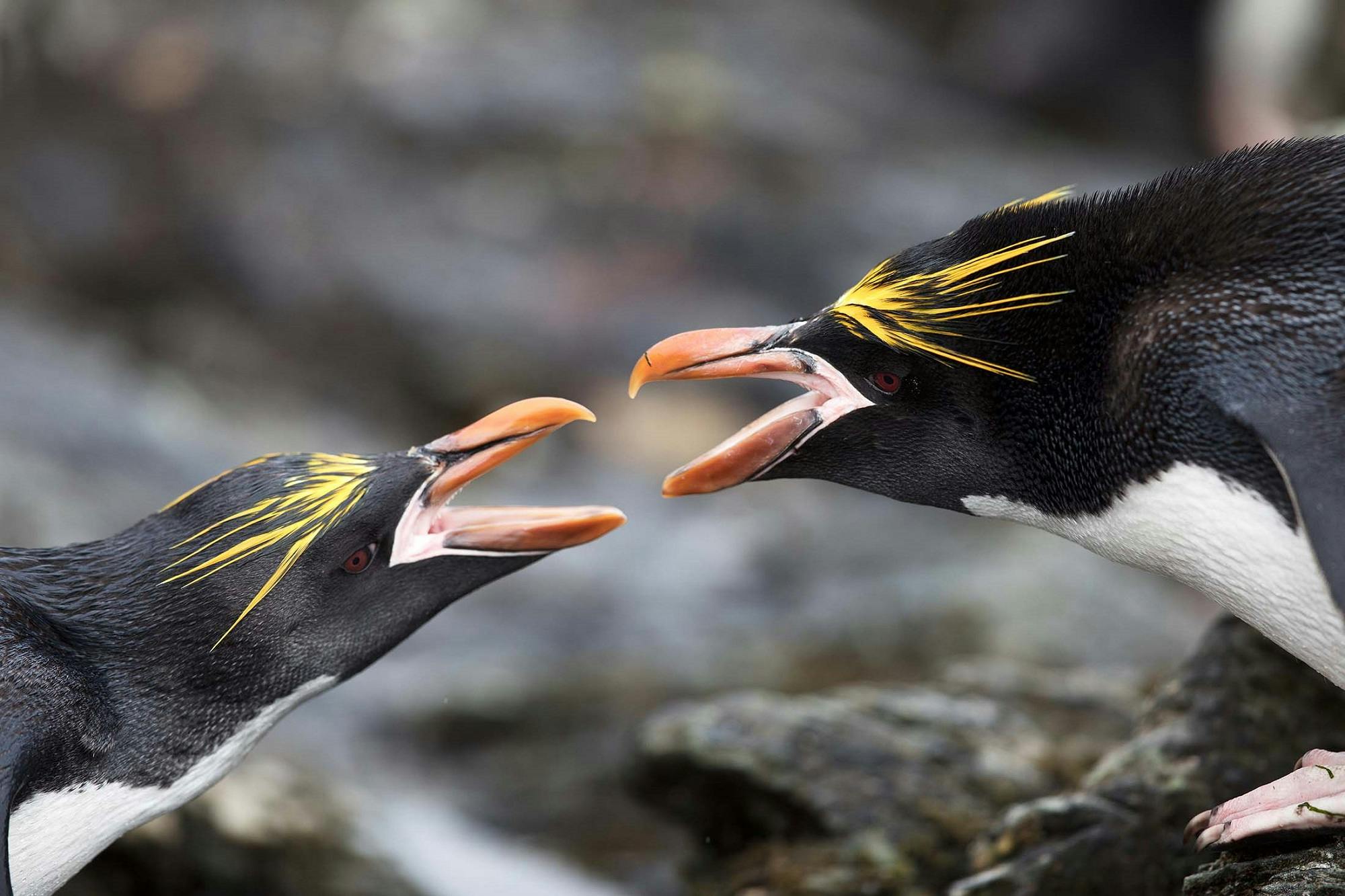On an Antarctica Cruise, South Georgia is the Richest Wilderness on Earth
Travel to South Georgia Island has never been for the faint of heart. An ancient Andean mountaintop now surrounded by the Scotia Sea, with 9,000-foot high snow-capped peaks, a rocky coast pounded by crashing surf, and valleys raked with fierce winds and blowing snow during the winter months, South Georgia will either take your breath away or knock it right out of you.
But the island’s harsh climate, once endured by whalers and explorers, and more recently by scientists and wildlife biologists, is undoubtedly a perfect habitat for the well-insulated creatures of the wild. Penguins, seals, whales and other animals built for sub-zero temperatures live here in a sort of cold weather Galápagos. Indeed, their numbers are truly staggering.
“South Georgia is, quite simply, the planet’s richest wilderness,” says Silversea expedition expert Jamie Watts. “An uncanny confluence of oceanographic and biological factors bring together the greatest concentrations of warm-blooded wildlife on Earth.”
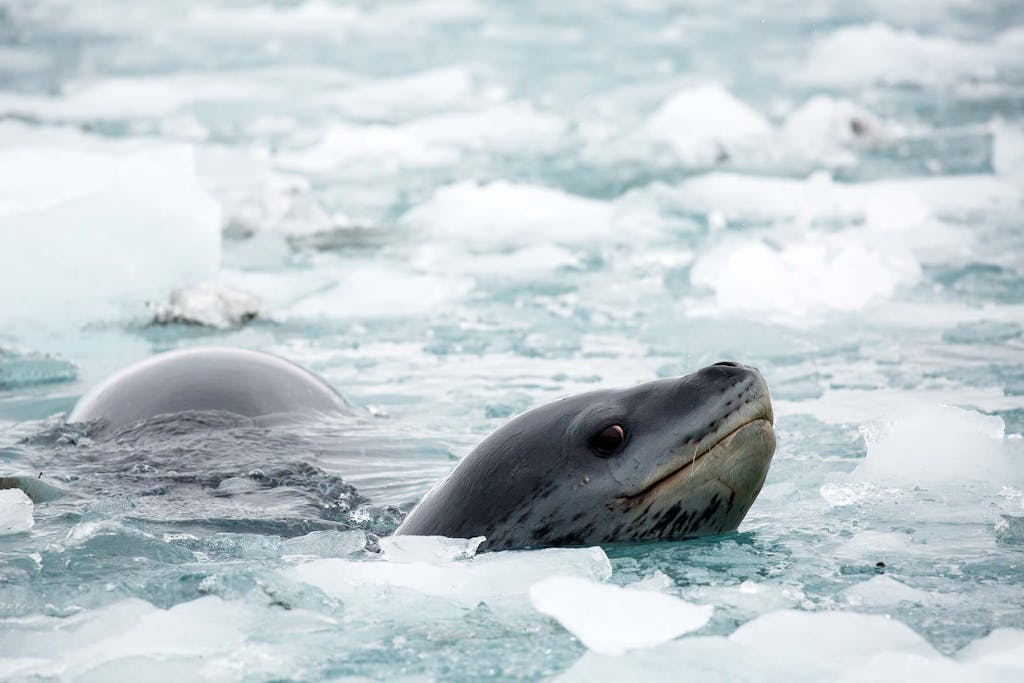
Reaching the end of the earth
Experiencing this unique place is no easy task. There’s no airport or seaport to speak of on this British Overseas Territory. The only way to visit is by ship — a two-day journey from Stanley in the Falkland Islands or three days from Puerto Williams on the tip of South America. But for adventurous travelers, the remote location, the utter lack of roads and development and the complete wildness of the place, is simply part of the draw.
The adventure begins not long after departure from civilization. Beautiful and massive icebergs appear off the side of your vessel. With some luck, you may spot humpback, blue or southern right whales feeding on krill. Orca whales are also spotted near South Georgia.
The sight of the South Georgia Island coast, punctuated with numerous fjords and bays, comes as a relief. From a distance, you’ll spot some of the 160 glaciers on the island — some slide right down to sea level. The glacier may crack before your eyes, with chunks the size of cars crashing into the ocean.

South Georgia’s astonishing wildlife
Once onshore, the welcome brigade consists of tottering penguins and curious seal pups. Still, most are indifferent to human visitors. Almost half of the world’s elephant seals and nearly all the world’s Antarctic fur seals crowd on the island’s beaches in the spring and summer. The bellows of massive male elephant seals can be unnerving. “The island is a nature lover’s dream,” says Luke Kenny, another of Silversea’s expedition experts. “The shifting, shuffling and screaming fur seals, the trumpeting King Penguins and the sheer mass of animals can be overwhelming.”
The incredible agglomeration of wildlife is what brought humans here in the first place, but for reasons unlike those of today’s visitors. Two centuries ago, not long after Captain James Cook made the first recorded landing on the island, hunters invaded these shores to pursue seal furs. Then whalers later replaced them. South Georgia Island quickly became the Southern Hemisphere’s whaling hub, with 175,250 whale carcasses processed here between 1904 and 1965. The remnants of South Georgia’s whaling history can still be seen in Stromness, among other locations.
By the 1960s, the decline of the whaling industry sent South Georgia’s human population packing, leaving the forsaken island to its original inhabitants. Thanks to conservation efforts, the populations of many species have recovered. Seals have come back spectacularly, although whales still have a ways to go to reach their historic numbers.
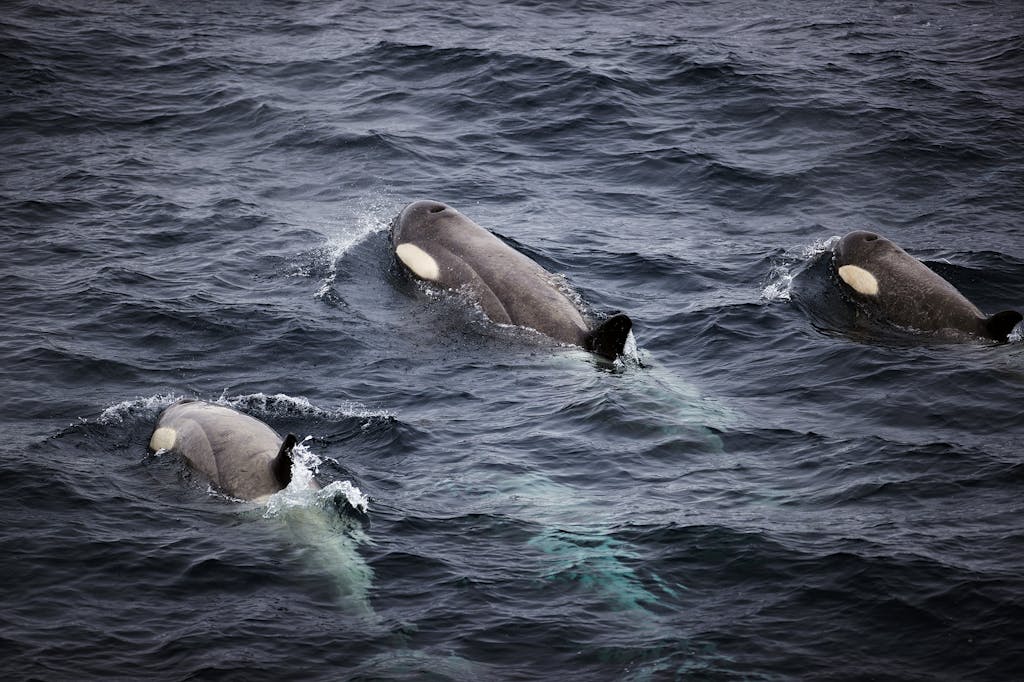
Ernest Shackleton and the history of South Georgia
Anyone with even a passing interest in history will also find South Georgia Island fascinating. The island played a crucial role in the life and times of Sir Ernest Shackleton, the famed British explorer who made multiple expeditions to Antarctica. In 1916, Shackleton landed on South Georgia after an audacious sea crossing to save his crew. The journey began not long after the Antarctic pack ice made mincemeat of Shackleton’s ship Endurance. Eventually, the crew found themselves stranded on the northern side of Elephant Island, located off the coast of the Antarctic Peninsula.
With no hope for a rescue, Shackleton and five men set off from the island in a lifeboat named James Caird. Two weeks and 800 miles later, the men arrived at South Georgia battered and exhausted, but alive. Upon landing, Shackleton and two others managed an unfathomable crossing of the island to find help in Stromness, a whaling station. Here, he arranged for a rescue of the three men in King Haakon Bay and of the remaining 22 crew members from the north side of Elephant Island. While this attempt failed, the stranded crew members were rescued on the fourth attempt by a Chilean naval vessel, the Yelcho.
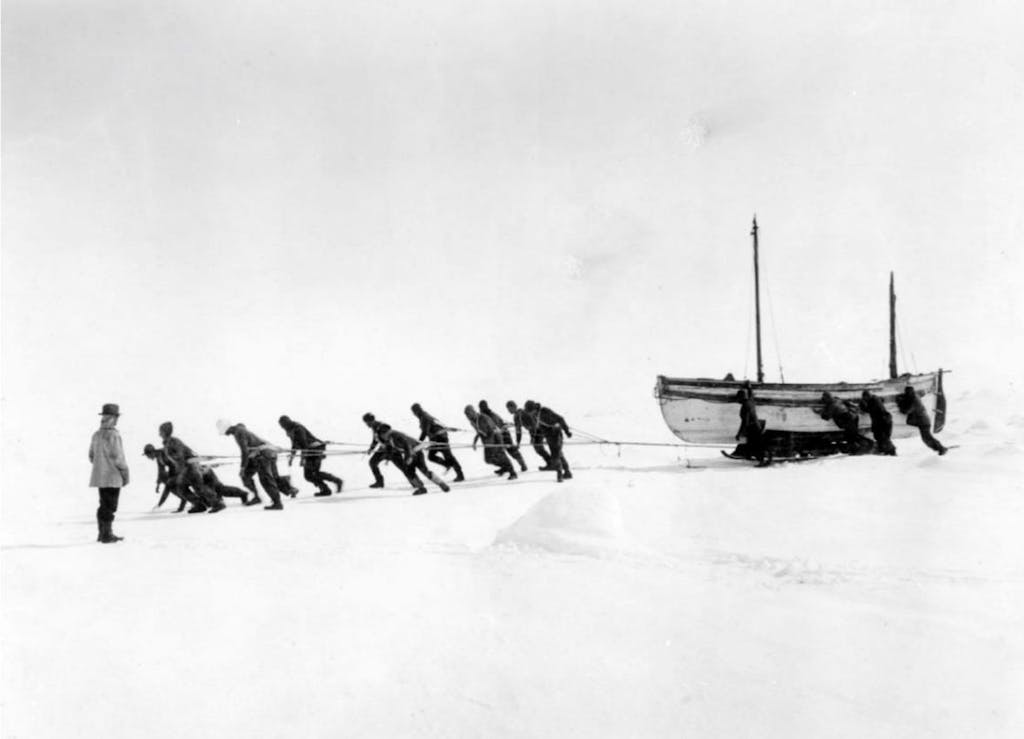
Shackleton was laid to rest here in 1922 after suffering a heart attack while on an expedition. It’s customary these days to visit the grave, located on a grassy area of the coastline overlooking King Edward Cove, and toast the explorer. You’ll also see the grave of Frank Wild, Shackleton’s second-in-command on several expeditions in the same cemetery. In 2011, his ashes were relocated here from South Africa.
Exhibits at the South Georgia Museum in Grytviken, one of the island’s main settlements, cover Shackleton’s exploits in depth. A stroll through the museum’s weathered wooden interior also reveals displays of whaling and maritime history. The building itself is a relic of sorts, once serving as the home of Grytviken’s whaling station manager. A short walk inland past rusting tanks sits the local church, dismantled in Norway, and re-assembled here in 1913.
Grytviken is Norwegian for “Pot Bay,” so named for the iron try pots used by workers to collect oil seal blubber. Some 54,000 whales were processed at this station, including a blue whale measuring 112 feet in length, the largest animal in recorded history. Whale bones can still be found along the shore.

Protecting South Georgia Island for future generations
Nowadays, visitors to South Georgia must adhere to strict conservation rules and rigorous biosecurity measures to protect the island’s wildlife. In decades past, humans had not only slaughtered much of the local wildlife, but they had also introduced non-native species. Now, as is the case with all travel companies who journey to South Georgia, Silversea ensures that visitors arrive with clean clothes and shoes, completely free of dirt, seeds, insects or guano.
Kenny also advises visitors to avoid bringing clothing and gear with Velcro or mesh, or boots with deep tread, as these can all harbor foreign substances.
“The South Georgia government is now firmly focused on reducing to nil the chance of a visitor bringing any plant material from other regions ashore,” explains Kenny. “That includes any soil or organic material that may harbor diseases that could be inadvertently introduced to the wildlife on the island.”
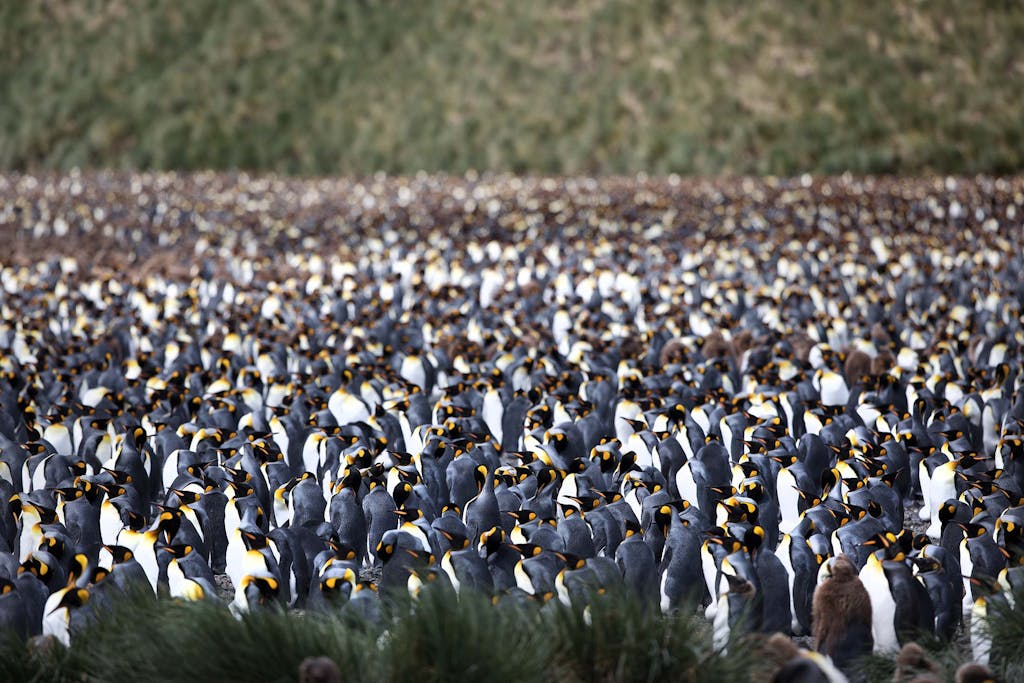
Obeying the strict biosecurity procedures will ensure South Georgia Island remains a pristine place for those willing to brave the bitter winds and massive waves known as Cape Horn Rollers. It’s a small price to pay to experience the island’s history, wildlife and stunning views. You may even come away from the experience as a changed person, say those who have come under the island’s spell.
“There is a spot on a hill with mountains behind, five glaciers tumbling into the valley, and a view over the best part of a million penguins,” says Watts. “I’ve watched people’s lives change on that hill — unable to ever see the world — and it’s wilderness the same ever again.”
Want to travel to South Georgia Island and see King Penguins? Learn more about them here.
